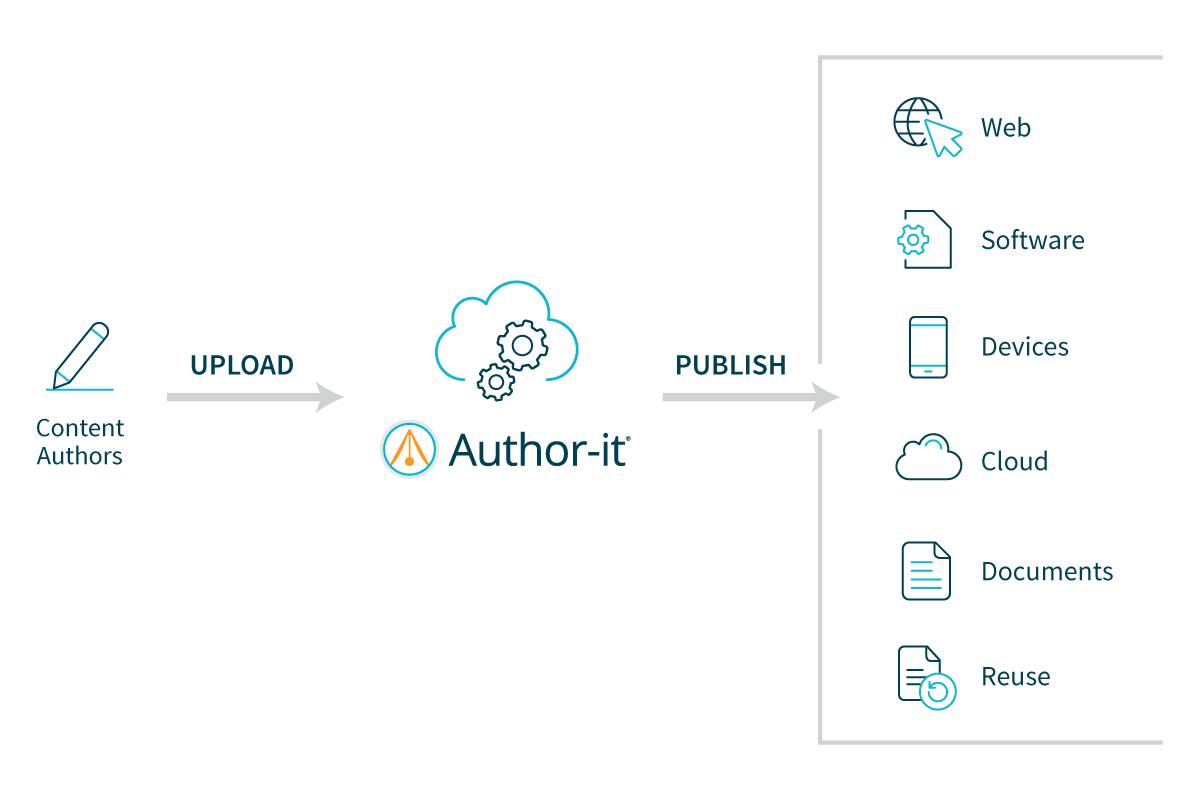5 Best Technical Writing Software Tools for Technical Writers
Finding technical writing software that fits your team’s needs is essential. You don’t want to be stumbling around looking for the right tools when your production cycle is in full swing, especially if your organization publishes content over multiple streams, such as manuals, FAQs, blogs, videos, help pages and guides.
In this post, we’re going to cover the following topics:
- 1. What is technical writing software?
- 2. What are the benefits of technical writing software?
- 3. 5 best technical writing software tools
- a. Publishing tools
- b. Authoring tools
- c. Screen capture tools
- d. Image editing tools
- e. Spell check tools
- 4. How do you choose the right technical writing software?
- 5. All-in-one technical writing software
What is technical writing software?
Technical writing software are digital tools designed to make the lives of technical writers easier as they approach a diverse set of daily tasks, such as writing, editing, publishing, screen capturing, drawing, image editing and more.


What are the benefits of technical writing software?
Technical writers can face a bevy of challenges over the course of their work, especially if the process hasn’t been organized efficiently. Having the right technical writing software from the get-go can help you manage multiple versions of the same document, avoid convoluted workflows with different team members, make last minute product changes and bypass technical glitches that would otherwise stymie the whole operation.
5 best technical writing software tools
With the wide variety of content technical writers are responsible for, the list of available supplemental technical writing tools on the market has gotten quite crowded. Here’s a list of our top 5 choices, separated by task category.
Publishing tools for technical writers
Publishing tools are self-contained systems that allow you to write and publish your content all in the same program and machine. Your content resides within the tool until it’s exported to the various formats you need, like PDF, Microsoft Help (CHM), HTML5, mobile apps and others.
Adobe RoboHelp is our top pick.
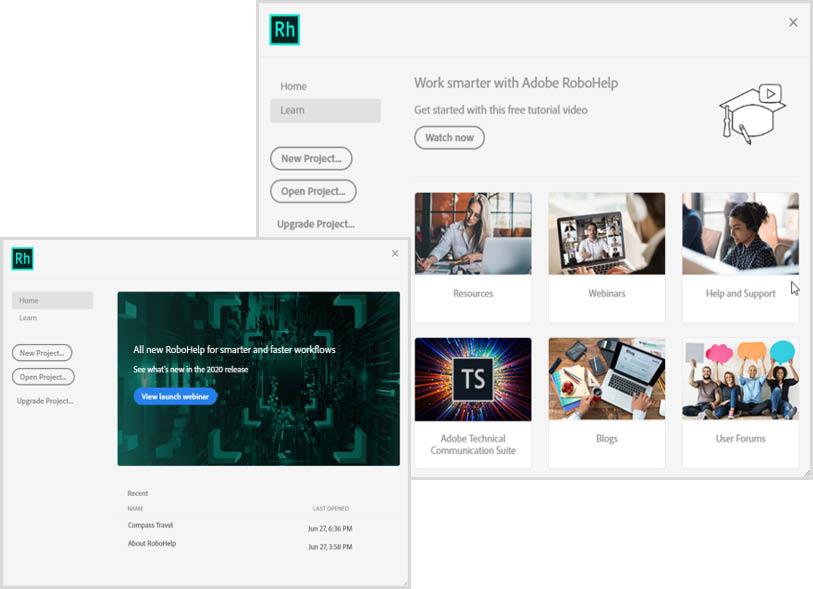

PROS: RoboHelp is one of the most popular Help Authoring Tools (HAT) for publishing knowledge-based posts and online help content. It’s a great choice if your organization needs technical writing software that can publish content across multiple platforms, with versatile support for HTML5, printed documents, XML, mobile apps and ebooks.
CONS: Training time and subscription costs are the two biggest downsides to RoboHelp. At $29.99 USD a month, this software might not be worth the steep learning curve facing new users. RoboHelp can also make collaboration between multiple creators difficult since, as with most publishing tools, the content lives within the program during the editing phase.
Authoring tools for technical writers
When it comes to technical writing software, a smart and simple authoring tool that lets you dive right into writing is the holy grail. We’re looking for software with automatic spelling and grammar checking, slick templates, the ability to track changes, Find and Replace capability and multiple export formats (like PDF, web, RTF or plain text).
Google Doc is our top choice.
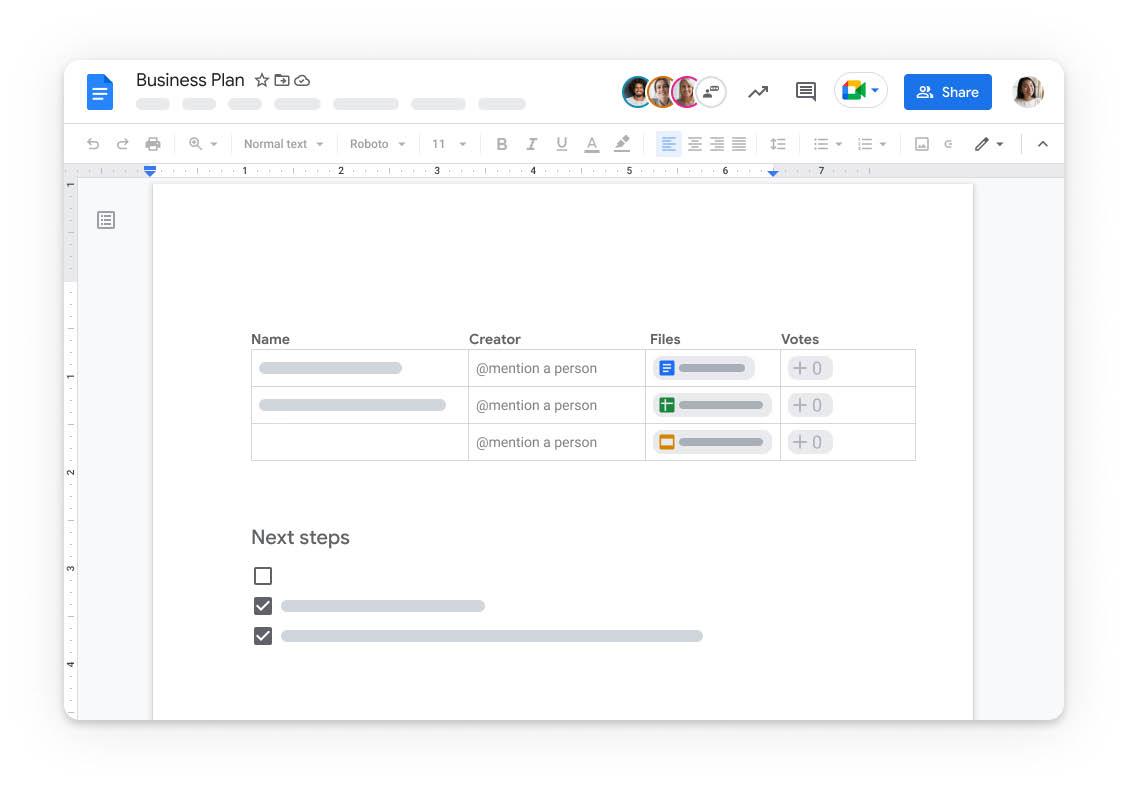

PROS: In addition to having all of the above-mentioned necessities, Google Docs is completely free and makes collaboration with multiple content creators extremely simple. By integrating with your existing Google accounts and contacts, this technical writing software is immediately shareable. Your work is automatically backed up to the cloud and accessible through the Docs mobile app.
CONS: Cloud storage is a double-edged sword. You’ll need internet access to view and edit documents unless you’ve enabled offline mode in your Chrome browser. A brief internet outage can stop your workflow in its tracks until a stable connection returns. Be wary of long flights!
Screen capture tools for technical writers
Using an image to illustrate a complex point is an invaluable technique for any technical writer, and capturing a great screenshot of your organization’s application or product is the first step. Hundreds of screen capturing tools exist on the market, but for this we think simplicity is key.
Windows Snipping Tool wins in our screen capture category.
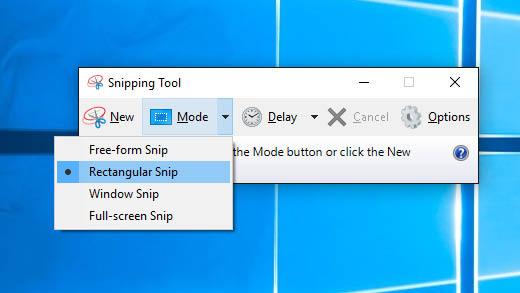

PROS: This tool comes built into the Windows OS and is free to use. It handles text capture well, with a pen feature for highlighting specific passages. You can then save the image into multiple formats, including JPEG, PNG, Single File HTML (MHT) and GIF. This tool also gives you the option of emailing your “snippet” directly as an attachment from inside the platform.
CONS: Windows Snipping Tool isn’t feature-rich, which some users might find frustrating when big edits are needed on each capture. Still, we love it when products do exactly what they say on the box.
Image editing tools for technical writers
A good image editing tool allows technical writers to make changes to an image to better suit their organization’s particular needs. If the business has critical graphics then they’ll usually have a dedicated department looking after them, such as technical cad drawings or beautiful marketing images for packaging and advertising.
However, sometimes it falls to the online content creator to spruce things up visually. Trying to find the perfect photo in the vast world of available royalty-free images can be incredibly frustrating. We’re looking for technical writing software that can deliver all the edits required without wasting our time on tedious bells and whistles.
Adobe Illustrator is our image editing tool of choice.


PROS: Illustrator was not designed as photo editing software, which, paradoxically, is a point in its favor. Unlike Photoshop, Illustrator’s image editing tools are very straightforward: it’s great for making changes to color, scale and cropping. It also comes with a whole suite of special effects right out of the box.
CONS: Like any Adobe product, cost is the biggest downside to Adobe Illustrator. This program costs a monthly subscription fee of around $19.99 USD, which might not be in your organization’s budget. Free alternative tools include Gimp or Inkscape.
Spell-check tools for technical writers
Proofreading is a vital step in the technical writing process, especially if you work in an industry with a lot of very specific words and spelling, such as the aviation, medical and health sectors. Relying on an automated tool can either be liberating – if you find one you trust – or frustratingly deceptive. Most technical writing software (like Google Docs and MS Word) come with a standard spell check, but technical writing often requires an extra level of detail and care.
Grammarly is our top choice of spell checking tool.
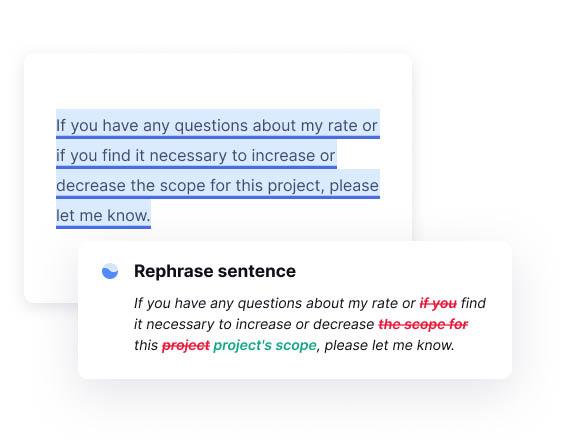

PROS: Grammarly is a free software that integrates with the websites you visit, as well as your desktop applications, so you don’t miss out on its suggestions as you move between different programs. Grammarly’s biggest boon is that it gives advice on style and tone in addition to standard spelling and grammar checks, keeping you on brand at all times.
CONS: Some users have reported lags with Grammarly when editing large documents, which are fairly unavoidable for technical writers. Grammarly also only currently works in English, which means you’ll have to find another software during the localization process.
How do you choose the right technical writing software?
All of the supplemental tools mentioned above are great at what they do, but their lack of interconnectivity can cause issues with accuracy, compliance and brand. Working with so many disparate tools might not be the right method for your organization. So it’s time to put on your Goldilocks hat and assess your particular needs.
- Does your team need to manage multiple concurrent versions of the same document?
- Do you have long or convoluted workflows of reviews and approvals?
- Do you have a budget for software subscriptions and training staff on new systems?
If juggling multiple tools is too unwieldy, you might find that all-in-one technical writing software is the best choice for your team.
All-in-one technical writing software
Platforms like Author-it combine authoring, publishing and content management for technical documentation all in one place, so you’re not stuck spinning plates instead of producing great content. Author-it uses structured, topic-based authoring, which makes it possible to publish to multiple outputs while also supporting collaboration, translation, reuse and source control.
To learn more about how Author-it can streamline your technical writing process, contact Author-it’s team of experts or request a demo.
